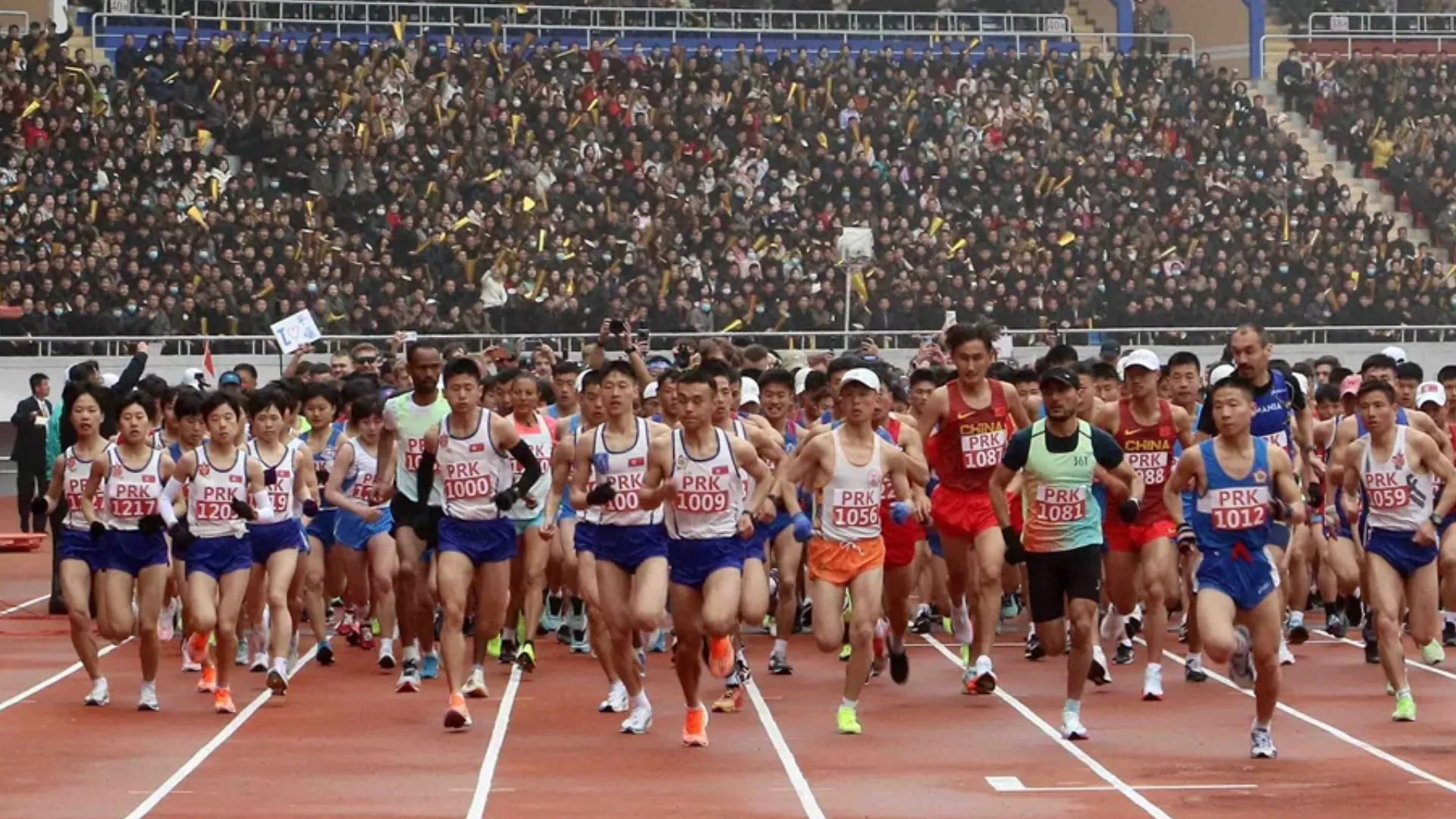The Amazon rainforest, home to the vast rivers that sustain the Ribeirinhos people, is facing unprecedented challenges as water levels plummet due to a record drought and reduced rainfall. The falling river levels have made navigation difficult and rendered the water unsafe to drink, forcing many of the traditional riverbank-dwelling communities to rely on external supplies of drinking water.
Francisca das Chagas da Silva, a local resident, highlighted the difficulties faced by the elderly, who now have to walk much farther to fetch water. “We have to carry it from the riverbanks to our homes,” she explained, noting that the journey has become increasingly arduous for those with limited mobility.
The Ribeirinhos typically draw water directly from the rivers or through connected systems, but these methods have failed under the current conditions. As a result, many residents now depend on non-governmental organizations and the state government for essential drinking water.
Joao Ferreira Mendonca, a community leader, expressed concern about the impact on the elderly and those with health issues, noting that the riverbank is now about 800 meters (0.5 miles) away from some homes. “Imagine a person in the hot sun, people with high blood pressure, making this journey,” he said.
The Brazilian Geological Service (SGB) has recently warned that all rivers in the Amazon basin are expected to drop below their historical levels. This has isolated many Ribeirinhos, who typically navigate the rivers with motorboats, and has made it nearly impossible to transport goods to nearby cities. The only alternative to river travel is a long dirt road that cuts through the dense rainforest, further exacerbating the isolation.
The drought’s impact extends beyond the Amazon, as low water levels in Brazil have also disrupted soy and corn shipments from the center-west states, including Mato Grosso, Brazil’s leading grain-producing region. The combination of wildfires and drought has left the country grappling with significant agricultural and logistical challenges.









